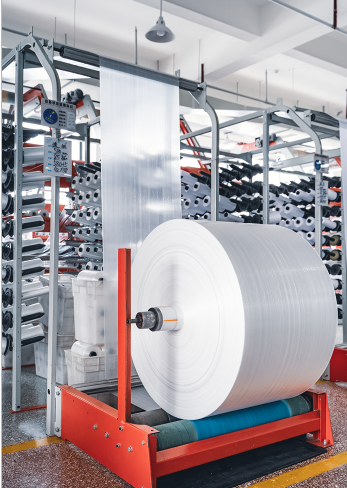Stand-up pouches, flat-bottom bags, and large pillow sacks handle solid fertilizers like granules and powders. For liquid nutrients, you’ll find specialized bottles, jerrycans, and heavy-duty buckets.
You’ve seen it—fertilizer bags stacked high at the store, each one promising better crops and healthier plants.
But not all fertilizer packaging is created equal. The right type can keep nutrients fresh and make handling easier for farmers and gardeners alike.
From durable urea bags to stand-up pouches that save space, there’s a format for every need.
Let’s dive into the different types of fertilizer packaging and what makes each one the best choice for your product.
Fertilizer packaging is a tough, protective wrap that keeps nutrients safe for farmers and gardeners.
You’ve probably seen those big bags stacked in stores—that’s fertilizer packaging doing its job. These bags and pouches protect the product from sunlight, air, and moisture, so it stays fresh.
Fertilizer packaging also shows clear labels with important details like nutrient content and usage instructions. These labels help farmers pick the right product and use it correctly for the best results.
Fertilizer packaging keeps nutrients strong and ready to use. Without it, the product loses quality fast and becomes less effective for crops. Good packaging also makes storage and transport easy for farmers.
Here’s how it helps:
You’ve seen those fertilizer bags lined up in stores, each one promising fresh nutrients.
But not every product fits in the same type of packaging. Some need tough urea bags, while others use bottles or pouches.
Let’s go through the main types and why they matter.
Solid fertilizers come in many forms, including pellets, granules, powders, and pills.
Different packaging options are used to store and protect each type.
Popular choices include:
Stand-up pouches are a great option for packaging smaller quantities of fertilizer.
They come with a resealable top to keep the product fresh after each use.
You can easily store them upright, making them space-efficient and easy to display on shelves.
Flat bottom pouches are designed with a flat bottom and side gussets.
These features give the pouch a box-like shape and make it sturdy enough to hold large quantities of fertilizer.
The large surface area also enables you to print bold graphics and important product information clearly.
Large pillow pouches have a unique pillow-like design that allows them to hold bulk quantities of fertilizers.
They are sealed at both the top and bottom, with two protruding ends that give them their distinctive shape.
You can use them to store and transport large amounts of fertilizer while keeping everything secure and easy to handle.
Jars or canisters are wide-mouth containers designed to hold granules, powders, or pellets of fertilizer.
They are typically made from plastic or metal and are sealed with a snap-on lid or twist-off cap.
These containers are ideal for smaller amounts of fertilizer and offer easy access and storage for home gardeners.
There are many different varieties of liquid fertilizers, such as foliar sprays, nutrient solutions, and liquid potash.
Like solid fertilizers, liquid fertilizers also require packaging to prevent spills and contamination.
Popular packaging options include:
Fertilizer bottles come ready for your daily garden tasks.
Each bottle has a secure cap and easy-pour spout that stops spills during mixing.
Built-in measurement lines take the guesswork out of mixing your nutrients.
Industrial totes and jerrycans handle larger volumes of liquid fertilizer.
These sturdy containers have flat bases and strong handles for safe transport.
Their rectangular shape means better storage efficiency in warehouses and farm buildings.
Buckets are a durable and versatile option for packaging fertilizers.
They’re typically made from plastic or metal, which makes them strong enough for heavy-duty use.
Their sturdy handle—along with the secure lid—also enables you to store and transport fertilizer with ease
Your fertilizer needs the right opening style to match how you work.
Different pouches solve different problems, from easy scooping to controlled pouring.
Let’s compare what each style offers:
| Feature | Open Pouches | Valve Pouches |
| Opening Style | Full width at top for easy access | Corner valve for controlled pouring |
| Sealing Method | Heat sealing or sewn shut | Ultrasonic sealing for better closure |
| Size Range | From small garden bags to large farm sizes | Medium sizes for controlled handling |
| Cost | More budget-friendly option | Higher cost for specialized design |
| Air Control | Better sealed against moisture | Some sealing challenges at valve |
| Stacking | Tends to shift in storage | Stays put in neat stacks |
Your fertilizer packaging needs to endure any environment while keeping contents safe. XIFA’s agricultural range includes high-quality polypropylene bags that flex and resist tears under tough conditions. From custom printing options to precise quality control, we ensure your fertilizer stays protected from factory to field. Talk to our team to learn more about our quality agricultural packaging solutions.




